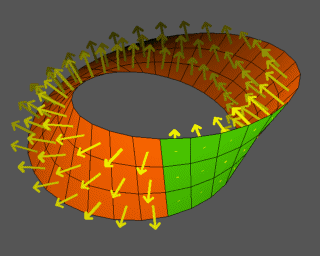|
This is considered to be a basic problem in the definition of categories and the creation of taxonomies.
We are looking for a way to generalize this issue, such that we define the semantic construction of X and Y according to a common dimensional protocol. Both abstract objects are defined in the same way, and in a way that is consistent with a broadly-conceived modelling and mapping method that we suppose can/should be applied to all instances of description and representation.
What is the dimensional structure of Y? How is Y defined?
What is the dimensional structure of X? How is X defined?
Y must be defined in such a way that it is capable of supporting "types".
[What is the relationship between "type" and "sub-set"? "Dogs are a type of animal" -- "Dogs are a sub-set of animals" -- "Dogs are a species of animals"]. "Sub-set, species, kind" are examples of type.
We have no general or commonly-accepted definition of "type". Type is generally a stipulated term with meaning created within a special-case/special-purpose system.
What we are exploring is a way to develop a "best descriptive method" approach that can optimize the choice of how "type" is defined. That "best method", we suppose, is inherently holistic, in that it endeavors to "include all factors at the same time", and not simply develop a strictly local protocol that seems to work for a few variables that happen to be locally adjacent.
- kind
- sort
- variety
- class
- category
- classification
- group
- set,
- bracket
- genre
- genus
- species
- family
- order
- breed
- race
- strain
- style
- description
- designation
- condition
- quality
- nature
- manner
- design
- shape
- form
- pattern
- rank
- brand
- make
- model
- line
- mark
- generation
- vintage
- stamp
- ilk
- kidney
- cast
- grain
- mold
- stripe
|







